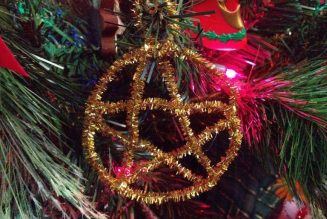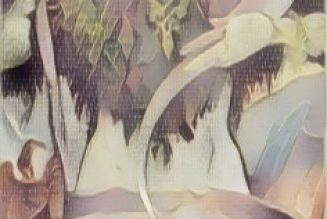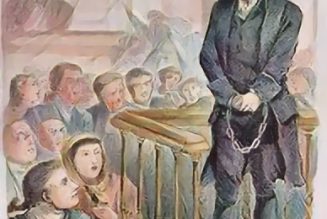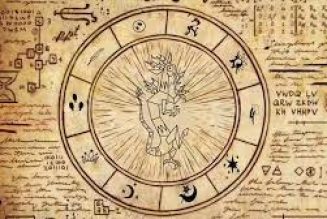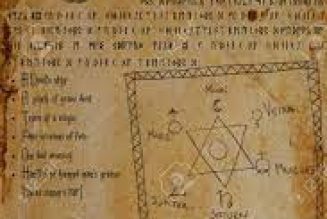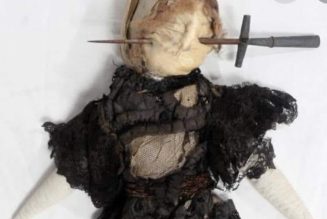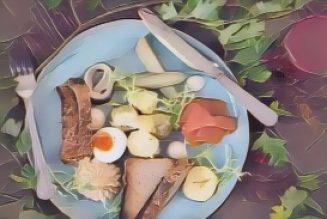Curiosity, exploration and secrecy
One of most interesting characters from early
times was Abraham Abulafia (1240–95), who
made available much arcane knowledge, which
ultimately formed the basis of Kabbalah.
Believing in the divine nature of the Hebrew
alphabet, he held that God cannot be described
or conceptualized using everyday symbols. He
therefore used abstract letter combinations and
permutations (tzeruf) in intense meditations
lasting for hours to reach ecstatic states.
These were spells in the real sense of the word
since they literally ‘spelt out’ the keys to altered
states of consciousness – failure to carry
through the keys correctly could have a farreaching effect on the careless practitioner,
resulting in madness and other states of
illusion. Again, these beliefs have been brought
through to the modern day and used to great
effect. Controlled use of altered states of
consciousness, backed up by empirical
evidence, is still one of the most potent tools a
magical practitioner or spell worker can have.
The Renaissance period in Europe saw the
coming to prominence of many secret societies
and scholar-magicians. Because of the
burgeoning natural curiosity encouraged by
Renaissance principles, a new importance was
placed on the actual controlling of the forces of
nature. The basis of magic working had
previously been seen as harnessing the power
of spirits and demons. Now, additionally, the
human mind was a factor to be considered and
magical working was geared to gaining power,
not only over external forces but also over
internal states. Much good work was done in
understanding the interaction between the
spiritual realm and the physical, and how
changes can be brought about within the latter.
Both Kabbalah and alchemy, one of whose
objectives was to transform baser metals into
gold, became very popular, as we have seen.
By the 17th century, folk magic and witchcraft
were being used side by side, often with little
differentiation between them. Most people
were alternately fascinated and frightened by
energies that offered control of nature coupled
with opportunities for enormous wealth. Even
King James 1 had fallen foul of Scottish witches,
in that they had tried to control his behaviour
during his time as King of Scotland. As a result
he did his best to control pagan belief in his
kingdoms.
Across the known world, witchcraft then
became more widely identified with demonic
or satanic entities opposed to God and
therefore wholly evil. A heretic was defined as
a traitor – an offence punishable by death – and
the persecution of those who did not conform
to the so-called religious thought of the day
became relentless. This caused the practice of
witchcraft to go underground not just in terms
of secrecy but in actuality, for example in the
use of caves and secret places, such as Wookey
Hole in Somerset, England.
The practice of magic survived however and
by the 19th century there is evidence that many
secret societies, each surrounded by its own
unique mysteries, still survived. Often they
were formed by highly creative people who
were searching for new and different ways of
self-expression. Many of the beliefs of these
societies were based on the old traditions,
though some differed widely from those of the
old alchemists. Rituals and invocations were
developed which were supposedly based on
the ancient rites, often with a very strong bias
towards melodrama. Secret societies have also
survived into the present day, though not
always with full awareness of the fact that their
rituals are based on magical practice














